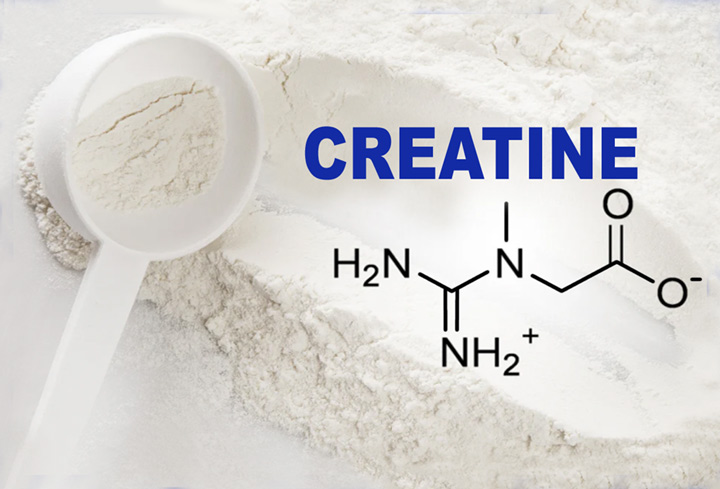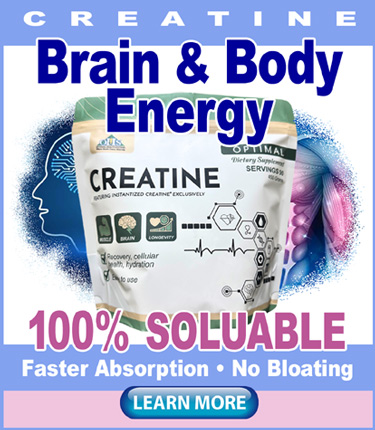During the reign of Genghis Khan (1206 to 1227) nutrition became a weapon of war. It was recognized that meat provided nutrients that made soldiers larger, stronger and healthier overall, so Khan and his advisors sought to strategically restrict the availability of meat.
This practice was most prominent with regards to Buddhist monks. Since it was the dominant religion, and most monks refused to participate in war, Khan had a dilemma. Ultimately he allowed a religious liberty exemption of sorts, but with a substantial caveat: monks were not allowed to eat meat.
The move was designed to ensure that monks would be weaker, less developed, and unlikely to ever form a meaningful resistance or rebellion to Genghis’s armies.
Today a vegetarian diet can be healthy because we have more expansive plant food combinations at our disposal—and we have the help of supplements—but this bit of Genghis Khan history demonstrates just how essential some nutrients are.
Though it would be another 700 years before it was isolated and given a name, one of the critical nutrients meat was providing to Genghis’s army was creatine. And today the wide-ranging health benefits of this critical nutrient are finally being acknowledged.
While initially recognized as a bone and muscle support nutrient, creatine is now known to support everything from brain health and immune function to heart health and more. A new study even shows that creatine intake reduced all-cause mortality among U.S. adults over a 20-year follow up.
In fact, creatine is so intertwined with good health that many nutrition experts are pushing for it to be classified as a semi-essential nutrient.
Creatine history & basics
Creatine is a naturally occurring nutrient which is found in animal-based food sources such as beef, herring and salmon. It was first identified as a natural component of skeletal muscle in 1832 by French chemist Michel Eugène Chevreul; however, it only started to be investigated as a food additive about 1912.
The first research paper on creatine was published in 1926, but for the next 60 years research was limited.
Research on creatine finally took off in a substantial way in the early 1990s.
Creatine became the go-to supplement in the sports nutrition space soon after Dr. Roger Harris and colleagues, researching at St Eriks Hospital in Stockholm, published what became the seminal study on creatine loading in muscle.
In 1992 the British Olympic team took the creatine research to the gold medal bank: They won an unprecedented number of medals in the 1992 Barcelona Olympics, with coaches and sponsors attributing the surprising gains to focused creatine supplementing.
Following these two events, research on creatine skyrocketed—with much of the research building on the pivotal Harris study.
Today almost 70,000 research papers exist on the PubMed database alone.
Introducing…
Cutting edge creatine
Optimal Health Systems is excited to announce a breakthrough creatine formulation. This new formula makes creatine supplementation more effective by providing the most digestible product on the market.
Most creatine sold today is “micronized”—meaning that it’s been made into a powder that mostly dissolves in water. Keyword being mostly. You still get a gritty texture, and your digestive system still responds with bloating and water retention.
That problem has been solved! We’ve introducing a new, 100% water-soluble creatine preparation that delivers all the benefits of creatine with none of the digestive issues or gritty taste.
Click the banner ad on this page, or follow this link, to learn more!
New areas of research
According to Dr. Sergej Ostojic, a professor of nutrition at the University of Agder and noted creatine researcher, the explosive use of creatine in the athletic arena was so dominant that it took decades to start examining other aspects of health.
“Many people recognized creatine’s importance decades ago, but its early association with athletic performance delayed its broader acceptance as a nutrient beneficial to overall health,” notes Dr. Ostojic. “As a result, we likely lost valuable time in uncovering the fundamental science behind creatine.”
At the 2025 Active Nutrition Summit in Vienna, Austria, Ostojic presented research showing that “creatine malnutrition” likely increased the risk of multiple health conditions—including cancer, depression and even all-cause mortality.
Today’s research shows creatine is not just for athletes. It supports bone development in youth; it offsets muscle decline in the aged; and it supports middle-aged people in times of trauma, stress and depression.
According to Ostojic and other creatine researchers, this research highlights the need for creatine being considered a semi-essential nutrient (also referred to as conditionally-essential nutrients).
“Creatine is much more than just an energy-rich molecule,” Ostojic asserts. “All cells in the body use creatine to produce energy… and it contributes to many of the body’s essential roles, similar to choline or other semi-essential nutrients.”
Learn More:
.
Is creatine an amino acid?
Where is creatine stored in the body?
What is creatine’s relationship with ATP and cellular energy?
How much meat do I have to eat to get one gram of creatine?
What is the typical amount of creatine powder taken when supplementing?
It’s all answered in our previous post here.
What is a semi-essential nutrient?
A semi-essential nutrient is one that can usually be synthesized in the body in adequate amounts, but may require supplementation during certain circumstances, such as during pregnancy or illness. Conversely, an essential nutrient must be acquired solely from the diet as the body cannot synthesize it.
Experts say classifying creatine as semi-essential is merrited by the fact that deficiencies are widespread in both of the ways the body acquires creatine: 1) The direct consumption of creatine foods, and 2) Intake of the pre-cursor nutrients needed to synthesize creatine in the body.
Dr. Ostojic sums up the situation this way: “We require around two grams of creatine per day, one gram coming from food and the other from internal sources such as glycine, arginine, and methionine.”
But the vast majority of people are deficient in both intake routes.
A 2021 survey of 4,000 people showed 65.2% of the population had dietary creatine intake below recommended levels.
Moving a nutrient into the conditionally-essential/semi-essential classification is not unprecedented. Other nutrients have been changed when, over time, the research substantiated their importance.
In fact, the nutrient choline was moved all the way to the essential category even though the body does produce small amounts through a process known as phosphatidylcholine metabolism.
Supports brain, heart, liver, cancer reduction and more
In recent years, the publication of emerging science has expanded creatine applications to other health categories beyond the historical sports nutrition sphere.
Most notably, creatine is now recognized for its brain health benefits. Studies show low creatine intake results in low creatine levels in the plasma and brain which, in turn, cause side effects such as fatigue and brain fog.
A 2020 study linked low creatine levels to poor mental health. The researchers analyzed the NHANES database and found that depression prevalence was 42% higher among adults in the lowest quartile of creatine consumption.
A study published in Aging Clinical and Experimental Research, found that older people who consumed more than 0.95 g of creatine per day had higher cognitive function scores. Meanwhile, a 2024 study found creatine beneficial in patients with traumatic brain injury.
Moving on to heart and liver, a study published in Food Science and Nutrition in 2021 found that elderly people with suboptimal intake of creatine were found to have more than double the odds of developing liver conditions and angina pectoris (a symptom of coronary artery disease).
Finally, creatine also appears to lower risk of certain cancers. While this area of health has received less attention than others, at least one study found that consuming a diet rich in creatine was associated with a reduced risk of cancer or malignancy. The study was published in the Journal of Functional Foods in September 2023. Expanded research in the critical area of cancer support can be expected soon.
These wide-ranging fields of research on creatine demonstrate why a prediction made at the 2025 Active Nutrition Summit is likely to come to fruition: “Creatine will be recognized in the next five years as a kind of creatine 2.0.”
In other words… new applications, improved products, additional research and wider acceptance.
– – –
Source: Annals of Nutrition & Metabolism, Translational Psychiatry, Nutritional Neurosciences, Food Science & Nutrition, ActiveNutritionSummit.com, JustAPedia (creatine).


